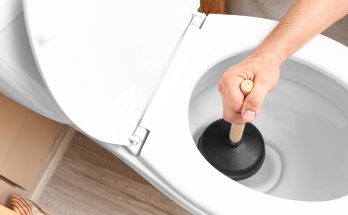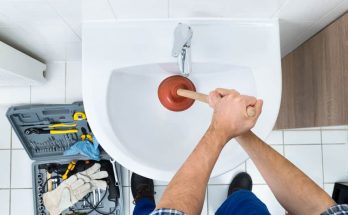Accessibility in buildings is no longer just an afterthought. It’s become an essential aspect of construction, driven by the need to create spaces that everyone can use comfortably. Advances in materials and technology have made it easier to design buildings that are not only functional but also inclusive. The integration of contemporary materials like fiberglass entry doors and the installation of handicap operators are two key components in this transformation.
The Role of Handicap Operator Installation
Handicap Operator Installation is crucial in ensuring that buildings are accessible to everyone, regardless of physical ability. These devices make it possible for individuals with disabilities to open doors without assistance, offering both convenience and independence. In the past, heavy wooden doors or manual push-button systems were common, but they often required significant effort to operate. Today, handicap operators are much more sophisticated.
These systems can be installed on almost any door, making it easier for those with limited mobility to navigate through buildings. Whether it’s a hospital, school, or office, the presence of an automatic door opener can make a significant difference. It’s not just about the ease of entry; it’s about dignity. Imagine arriving at a building, struggling with a heavy door, and then experiencing the relief of an automatically opening door. That’s the power of modern accessibility.
Fiberglass Entry Doors
Modern fiberglass entry doors have emerged as a popular choice for modern buildings, and for good reasons. These doors are not only durable but also offer a level of flexibility that traditional materials like wood or metal cannot match. One of the standout features of fiberglass doors is their resistance to weather. Unlike wood, which can warp or rot over time, fiberglass remains stable and requires less maintenance. This makes it an ideal choice for buildings that need to withstand varying environmental conditions.
Moreover, fiberglass entry doors are often lighter than their wooden or metal counterparts, making them easier to operate. This is particularly important in buildings where handicap operator installation is a priority. A lighter door means the automatic system doesn’t have to work as hard, leading to longer-lasting and more reliable operation. It’s a subtle but crucial detail that contributes to the overall accessibility of a building.
Combining Functionality with Aesthetics
Accessibility doesn’t have to come at the expense of aesthetics. Modern materials like fiberglass allow architects and designers to create spaces that are both beautiful and functional. Fiberglass entry doors, for example, can be customized in a variety of styles and finishes to match the building’s design. Whether you’re looking for a sleek, modern look or something more traditional, fiberglass can be tailored to meet your needs.
The integration of handicap operators with these doors is seamless. The operators can be installed in a way that doesn’t detract from the door’s design, maintaining the building’s visual appeal while ensuring it’s accessible to everyone. This is particularly important in commercial spaces where first impressions matter. A well-designed entrance can set the tone for the entire building, making it inviting to all visitors.
The Importance of Retrofitting Older Buildings
While new constructions are increasingly incorporating these modern materials and technologies, many older buildings still lack adequate accessibility features. Retrofitting these buildings with fiberglass entry doors and handicap operators can significantly improve their usability. This process, while sometimes challenging, is crucial in bringing older structures up to current accessibility standards.
Future Trends in Building Accessibility
As the focus on accessibility continues to grow, so does the innovation in materials and technology. We can expect to see even more advanced systems that make buildings easier to navigate for everyone. The combination of durable, lightweight materials like fiberglass with cutting-edge automation technologies will likely lead the way.
Conclusion
Improving building accessibility is not just about meeting regulations; it’s about creating spaces that everyone can use comfortably. The use of contemporary materials like fiberglass entry doors and the installation of handicap operators are key components in this effort. As technology continues to advance, the possibilities for making buildings more accessible will only expand. By focusing on both functionality and aesthetics, we can create environments that are welcoming to all.




